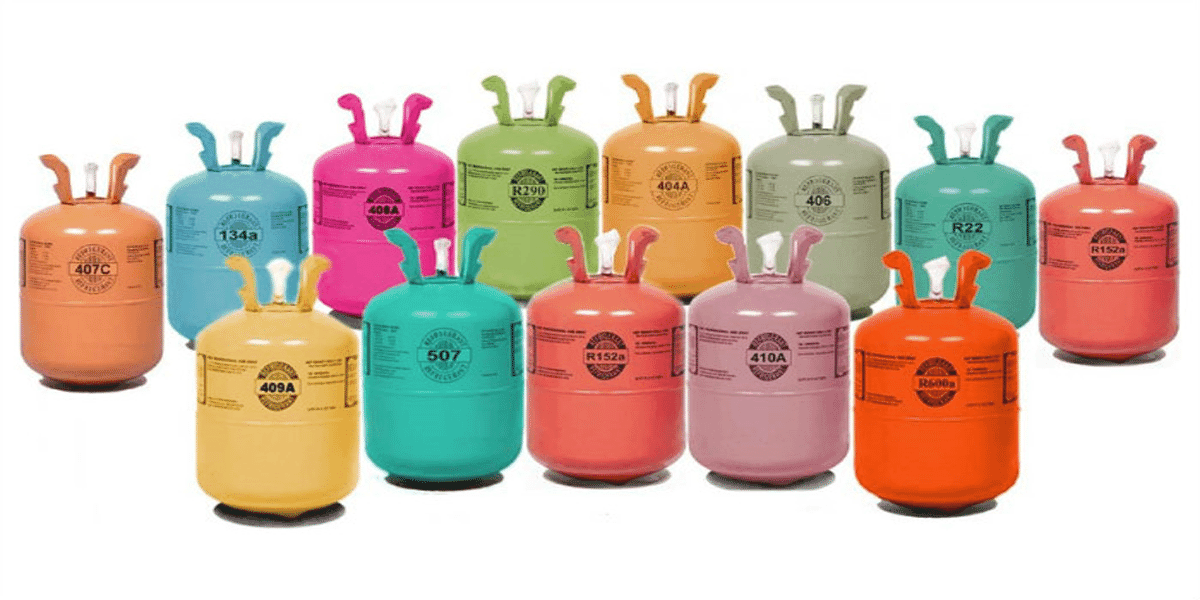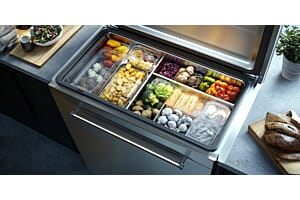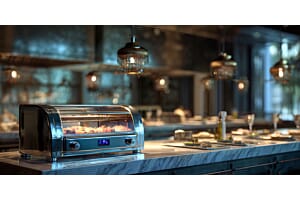
October 01, 2021
What exactly are Refrigerants and why are they in Refrigeration?
Refrigerators all have some mechanical elements that make it easy to achieve and maintain cold temperatures, these components are highly specialised in order to provide the desired effects. They can and often include a compressor, condenser, expansion, expansion valve/metering or throttling device and an evaporator. A fridge has to include and use a refrigerant, a substance that is used in order to provide the cooling effect, this refrigerant has to pass through all the components in order to ensure they achieve the required temperatures.
Common Refrigerants include:
- R134a (Tetrafluoroethane): used as a replacement for R12 and R22 in medium and high temperature refrigeration applications
- R290 (Propane): used as an alternative to R22 and R502 in low, medium and high temperature refrigeration and air conditioning applications.
- R404a: is still permitted until 2030 for servicing equipment already running on R404A
- R449a: used as a replacement for R404A and R507 in low and medium temperature refrigeration applications.
- R452a: used as a replacement for R404A and R507 in low temperature transport refrigeration applications.
- R507: is still permitted until 2030 for servicing equipment already running on R507
- R600a (Iso-Butane): used as a replacement for R12 and R134a in a variety of high temperature refrigeration applications.






